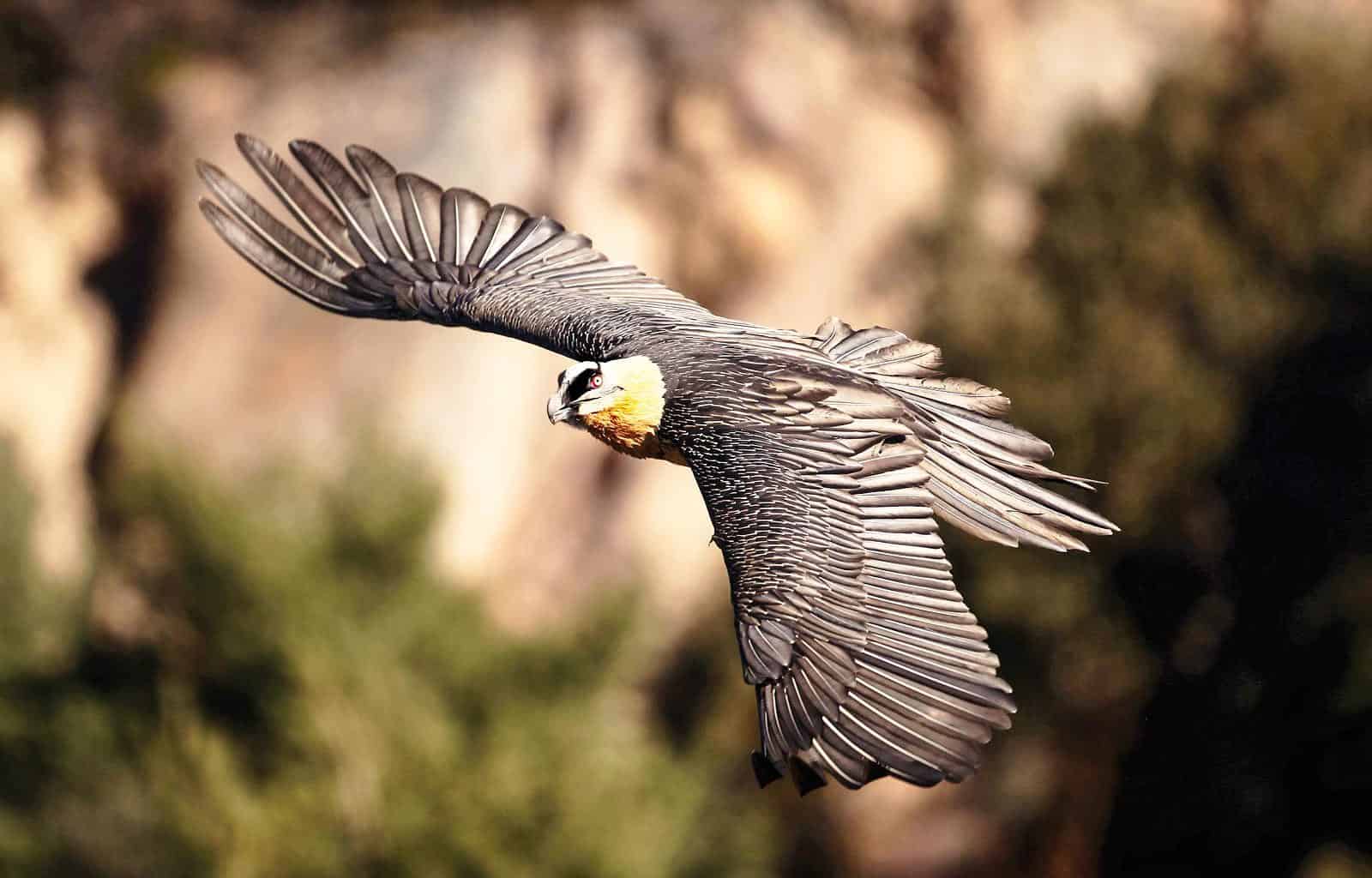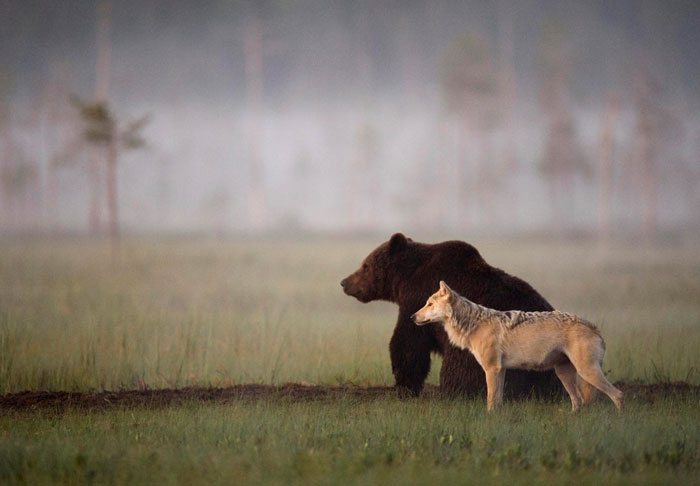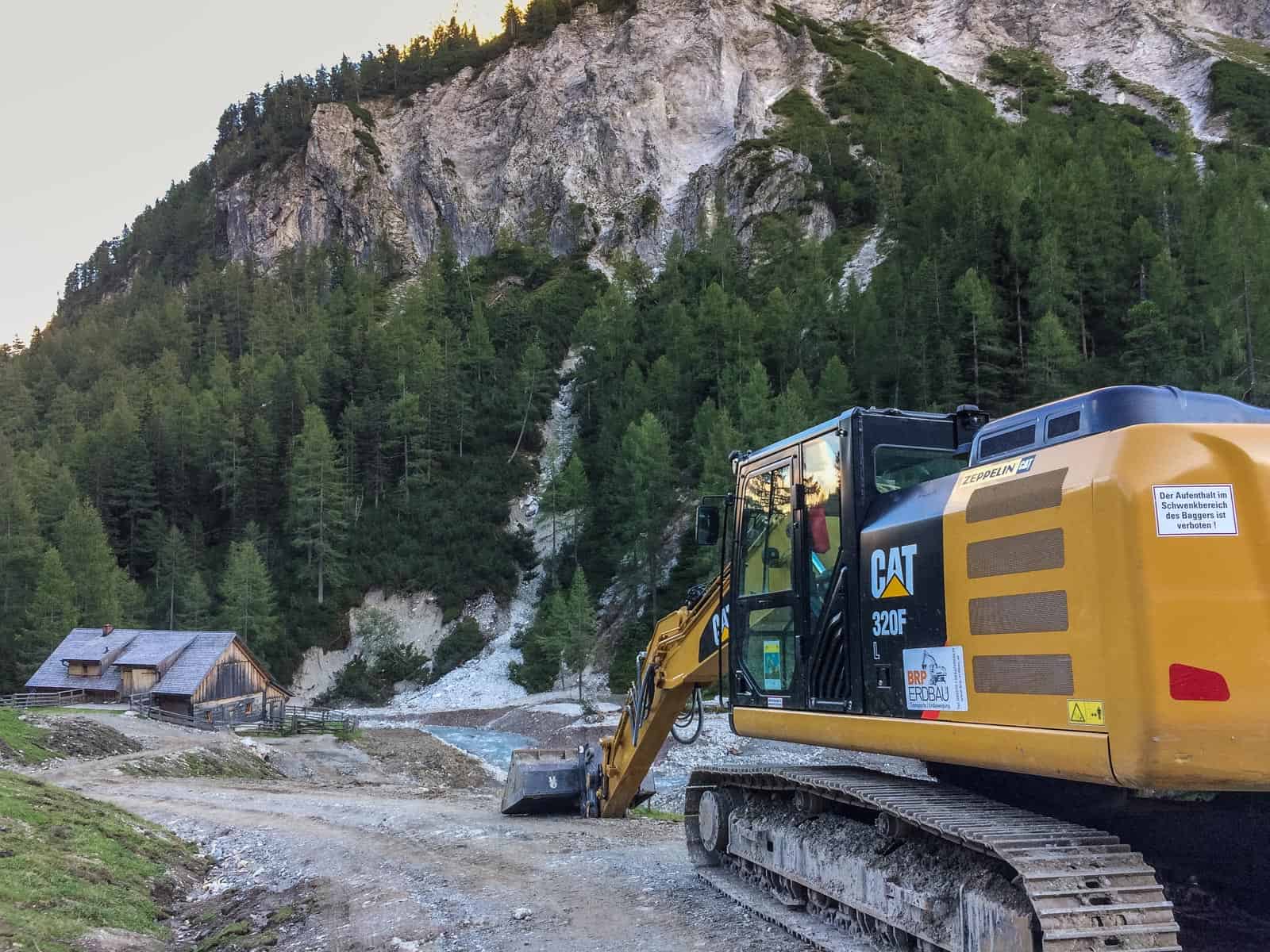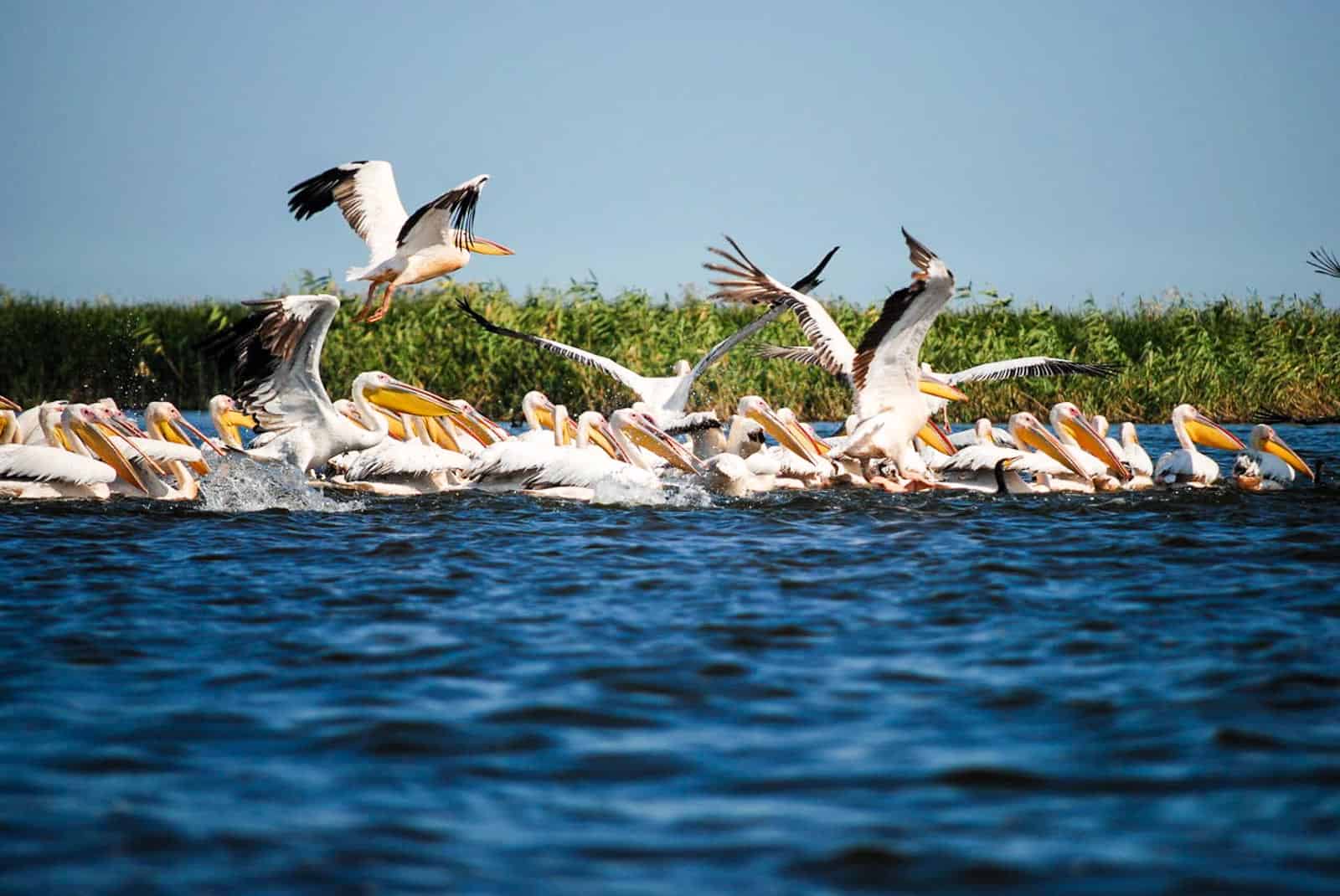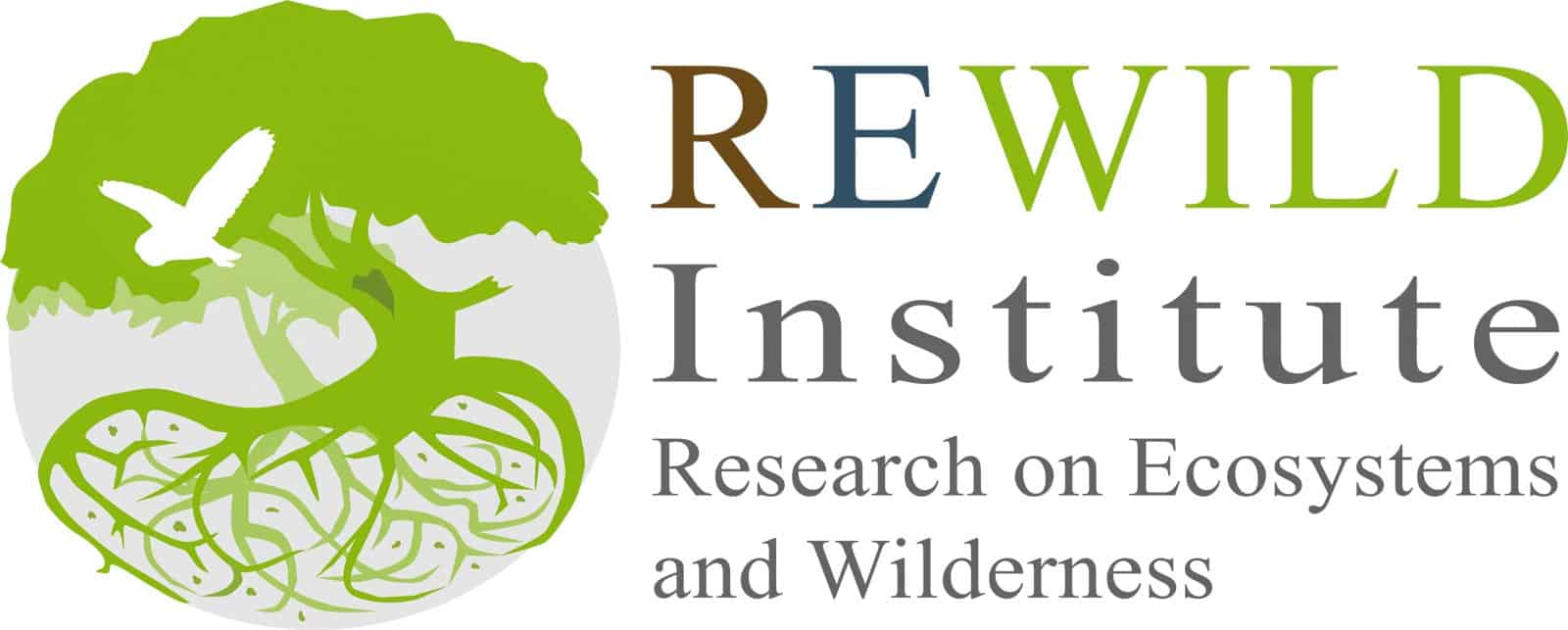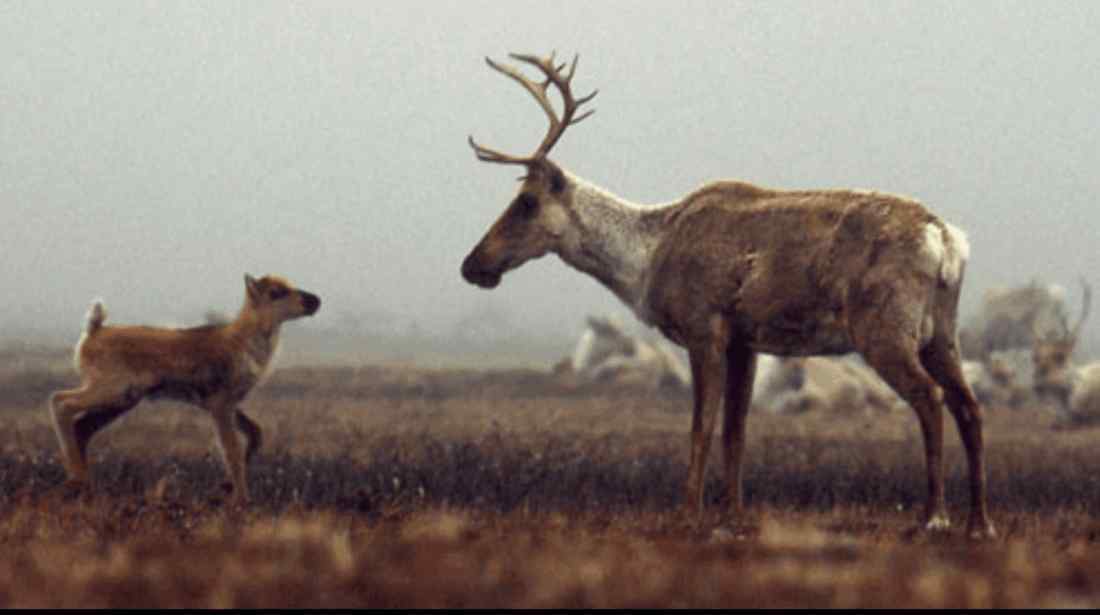The vulture/livestock farmer conflict in Catalonia
The line between natural and human landscapes is becoming more blurred in Europe. As a result, we can expect people and wildlife to come into contact more frequently. This will inevitably lead to human-wildlife conflicts, with negative economic, social and, of course, ecological effects. A recent study, published in Biological Conservation, highlights an ongoing conflict between vultures and livestock farmers in the autonomous community of Catalonia in Spain.
As scavengers (animals feeding on dead organisms they have not killed), vultures play an important role in stabilising southern European ecosystems. By feeding on large, dead animals, they help “clean up” meat and bones, saving the EU up to 1.6€ million every year in transporting and incinerating livestock carcasses. Without vultures, it would be much harder to control the spread of disease and pests such as rats. Despite this, they have been widely branded as livestock killers in recent years. Although there is very little evidence of predation by vultures, the idea has persisted in the media. As a result, they are heavily persecuted, often falling victim to illegal poisoning.
Vultures vs farmers in Catalonia
In the study (see below), researchers examined the situation in Catalonia through farmers’ opinions on the conflict over the past 25 years. With thousands of livestock farms, Catalonia also holds important populations of 4 vulture species. These populations, including the common griffon vulture (Gyps fulvus), have been increasing, adding to the conflict. After reviewing hundreds of complaints and interviewing 127 farmers, the findings revealed a complex situation.
The study found that annual complaints of vulture attacks on livestock rose significantly from 2007 to 2011, after which they gradually declined. The authors identified various policy decisions in Catalonia that offer an explanation to these trends. Firstly, the government banned abandoning livestock carcasses in the countryside for sanitary reasons. This led many to believe that fewer carcasses available for vultures to feed on caused them to attack livestock instead. Secondly, the government approved a regulation in 2007 listing griffon vultures as potential livestock predators, along with wolves and bears. This may have added to further alarm among farmers and a higher amount of complaints.
The fall of farmer complaints since 2011 could be attributed to relaxed regulations letting farmers leave carcasses in the field for scavengers. It may also result from better assessments of livestock deaths, which help rule out vultures as a leading cause. It is notable that none of the farmers who said that vultures had attacked their animals actually saw the start of an attack. They only assumed vultures had caused harm because they observed birds (or even just feathers) onsite.
Higher reports of interactions with cattle
Most of the complaints were about attacks on cattle, with very few sheep mentioned in comparison. The fact that financial compensation is 8 times higher for cattle than for sheep may have influenced this. Livestock management could also explain this trend. While grazing flocks are usually watched over by shepherds or sheepdogs, cattle are often left unsupervised for longer periods. Therefore, if deaths do occur, farmers often don’t witness the actual cause, which may well be due to disease or otherwise unrelated to vultures.
Another important finding was that many of the complaints occurred during the birthing season. As many as 90% of vulture/cattle interactions were associated with calving. As both the cows and calves are more vulnerable during these times, their mortality rate likely to be higher. Vultures may harm weaker individuals during this time and contribute to their lower survival rate, or their poor conditions may directly cause their deaths. Either way, increased farmer attention during the calving season would help prevent deaths.
Managing the vulture conflict
Almost 90% of farmers thought that vultures attack livestock, and those that reported attacks themselves unsurprisingly had a more negative attitude towards vulture/livestock coexistence. The number one suggested measure to combat the losses was reducing the griffon vulture population, which would have negative consequences for the wider environment. Being able to leave carcasses in the countryside was the second most mentioned conflict mitigation measure suggested by interviewed farmers. However, only 9.4% of them actually did this themselves when regulations allowed them.
This study reveals the complex nature of the conflict, and that government policy and compensation measures may not be enough to tackle the issue effectively (farmers also voiced this opinion). The scientists several various management solutions to mitigate the conflict in Catalonia:
- Better risk assessment of livestock-vulture interactions
- Damage verification of livestock by vets to identify the true cause of death
- Increased livestock welfare and protection, especially during the birthing season
- Regular inspection of livestock by farmers to help recognise vulnerable or dead animals
- Proper management of landfills to avoid vultures gathering at non-breeding sites
- Wider permitted disposal of carcasses in lower altitude areas
- Educational campaigns to raise awareness among farmers of the ecosystem services vultures provide.
ClimateCast podcast
Would you like to hear more about the relationship between agriculture and environment? The Austrian ClimateCast podcast recently recorded an episode on the effects of farming. What’s remarkable about this podcast is that school pupils produce it, so you get to hear the thoughts and ideas of the next generation!

